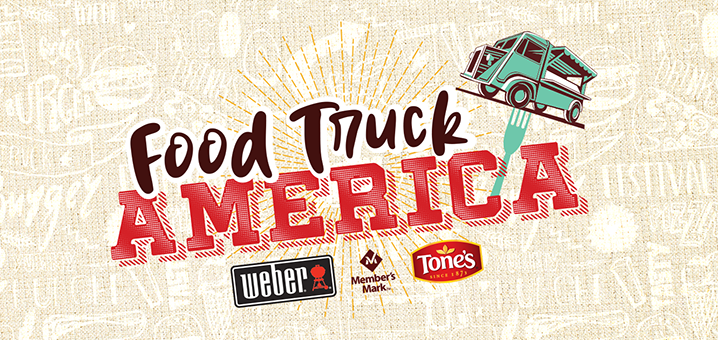SAN FRANCISCO, CA – The second San Francisco Street Food Conference earlier this week brought a large room’s worth of people together in search of a recipe. No, not the ingredients for salted-caramel cupcakes or Korean tacos. The gathering addressed the perfect blend of responsible public policy, professional culinary standards, try-anything-once entrepreneurship, and community-driven small business. That last is the spécialité de la maison at conference organizer La Cocina, the SF-based incubator for low-income food entrepreneurs.
I talked to two participants on Monday’s panel: “From Taco Trucks to Gastrobuses: Has American “Street Food” Fundamentally Changed?”
Lizzy Caston is a writer and economic development professional who was an early advocate of the street food scene in Portland with her Food Carts Portland and has gone on to do the same in New Orleans with New Orleans Food Trucks. I I asked her why Portland became an early center of street food culture.
“I would describe their attitude toward regulation as laissez-faire,” she says. “In the 1950’s and onward, a lot of cities re-regulated to prevent what they called ‘street peddlers’ or mobile food vendors – part of that 1950’s urban renewal where they got rid of sidewalks and put in freeways. Portland never did that sort of thing, so it’s not so much what Portland did as what they haven’t done. If you’re on land that is zoned commercial, meaning you could put a restaurant or a home business there, and you have a business license and get the appropriate permits, which are fairly straightforward, you can have a food cart. It does not need to move every 30 or 45 minutes as it does in some cities – as long as it has axles and can be hauled away at some point, it is considered a mobile food unit.”
“Some cities are very supportive of food trucks, such as Cleveland. They’ve realized that they’re good economic development, good temporary land use for blighted spaces, they create jobs, they bring positive street use – eyes on the street. Some cities are afraid of them, there’s still a prejudice around food trucks. A place like New Orleans basically doesn’t allow them but people do them anyway. So every city is different – and that’s the issue, there is no one model. A lot of vendors will put the cart before the horse, so to speak – and go out and buy carts when what they really need to do is find out what the scene is where they want to set up. And they need to be prepared for more paperwork than they ever thought was possible.”
The brick-and-mortar restaurants in a community often complain when food trucks come to town, because they see them as unfair competition, since the trucks don’t have the same expense of rent or décor. Caston says in her experience that’s not true.
“Where’s the data on this? Has anyone ever done a study on this? To my knowledge there never has been an empirical, rational study on this, and until there is, a city should not make public policy and laws based on hearsay. In economic development, there’s a term called ‘complementary retail segmentation,’ where businesses that are similar, but not alike, will set up next to each other. North Berkeley and the Gourmet Ghetto, for example, where you’ll have a café next to a wine bar next to a mid-range Indian buffet next to a high-end restaurant. And the idea is – and this has been empirically proven – that when you have a group of similar businesses, they’ll attract more people as a whole. They become a destination. It’s my belief, although I don’t have evidence, that food trucks fit into that mold. As long as they’re not set up directly in front of a restaurant, hogging their parking and causing a traffic problem. “
Gail Lillian can be described as a veteran of the new style of street food in the Bay Area – she’s had her Liba Falafel business for two years now. So I asked her what changes she’s seen since she started up.
“Well, I think there’s a lot more diversity of cuisine in Bay Area food trucks now, she says, “and there’s also a trend towards more prepping in kitchens and just cooking the food on the trucks when we serve it to customers.”
“One of the things I do to make the truck more accessible is I take orders outside, instead of through a little window. I find that works for me because I can interact with my customers, know their names, find out about their lives, and it’s also easier (when I’m outside) for people to walk up and say “hey, what’s falafel?” There are tons of people in the Bay Area who don’t know what falafel is, so I’m really happy to give out samples and introduce people to it. It’s a really hard food to describe. I say ‘it’s a ground chickpea patty with herbs and spices’ – but how good does that sound, really? They follow that with a blank look, and I follow that with ‘Let me give you a sample!’
Liba Falafel operates in several different cities and I asked Lillian which city bureaucracies are easiest to navigate.
Find the entire article from blogs.kqed.org <here>




